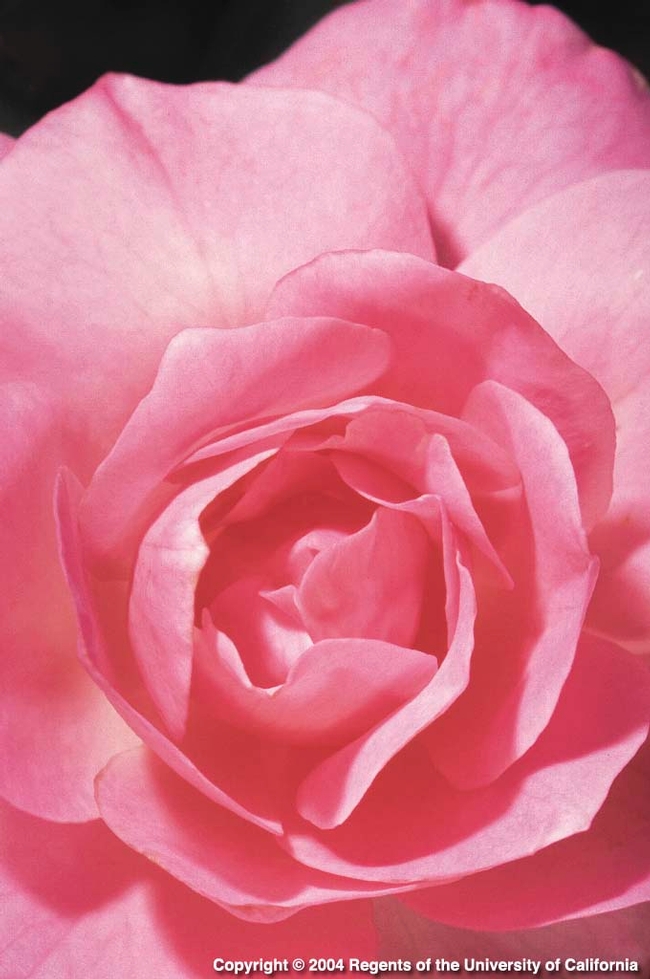Purchase, Plant, and Care for Roses.
By Tami Reece UCCE Master Gardener
Last week we discussed the different types of roses. This week we will discuss bare root roses, potted roses, and how to plant and care for a rose.
When buying bare root roses check to make sure the roots have been kept moist and were protected from temperature extremes (packed in sawdust or moist fibrous material). Make sure to keep the plant moist after purchase and do not delay in planting. Bare root roses are planted during late winter before the plant breaks dormancy.
Container grown roses are sold spring through fall while the plants are still in bloom. You will be able to see the flower and foliage when purchasing. If a plant in your garden has died over the winter, container grown roses will offer instant color. The best time to buy potted roses is in the spring when the first flush is blooming. Buying potted roses and planting in the summer may cause heat stress. Look for healthy, pest free roses with new growth.
After bringing your rose home, choose a sunny location with well-drained soil. If needed, amend soil with amendments such as good quality compost. When planting a bare root rose, dig a hole large enough to hold rose roots without bending. Form a small mound in the center of the hole and spread roots over the mound. Make sure the bud union (where rose bush has been grafted to rootstock) will be above the soil. Backfill hole with soil and water thoroughly. When planting container roses dig a hole big enough to allow roots to spread and if the roots are coiled, gently loosen, otherwise leave root ball intact. Backfill hole with soil and water well. Water roses weekly, allowing the plant to absorb at least 50% of the moisture before the next watering. Do not allow soil to dry for an extended period as this will stress the plant. Deep watering is best. For new plantings, the University of California recommends adding nitrogen at the rate of 1 pound actual nitrogen per 1,000 square feet in spring and fall.
For more information about maintaining roses, visit -http://www.ipm.ucdavis.edu/PMG/PESTNOTES/pn7465.html
